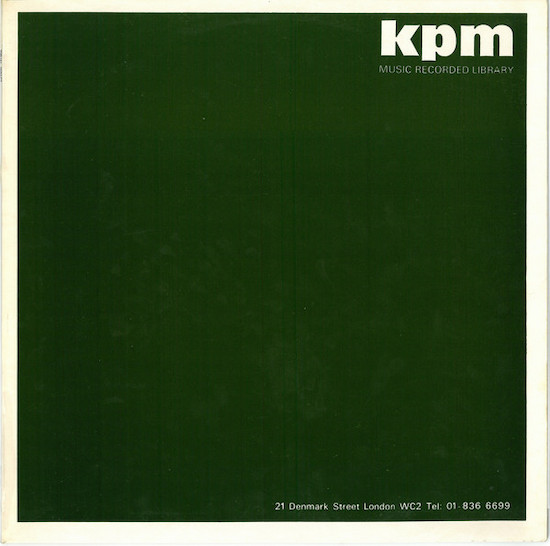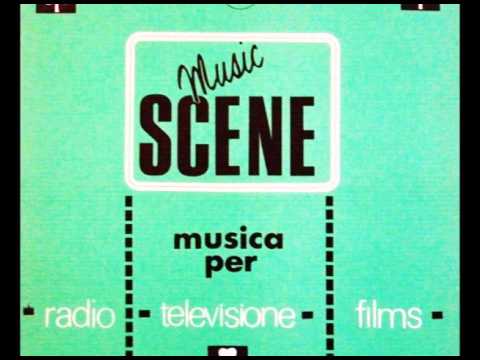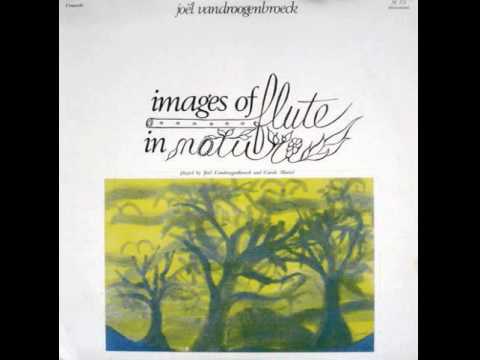Back some time in the 1990s, David Hollander first discovered library music amongst the shelves of a shop called Record Supply in West Los Angeles. “While browsing the soundtrack section,” he writes in the preface to his recent book Unusual Sounds, “I came across a stack of LPs in generic sleeves, all with the same logo on the label. They were from the Major Records Production Music Library, and the music on them was sublime.”
That any of those records were even in that shop in the first place is something of a historical accident. Library music is not made to be sold in shops and snapped up by consumers. It is scarcely meant to be consumed at all.
These are tracks composed and produced by largely anonymous figures, according to pre-assigned briefs set by men in crumpled office wear, for the purpose of filling up gaps in feature films and broadcast programmes when the officially commissioned score falls short – or when the picture is too cheap to commission a score in the first place.
Composed fast, recorded even faster, and then sent out in bundles to production companies and TV networks and edit suites where they will languish on a shelf for years. These records would merit no press junkets, no radio pluggers, no arena tour, no signing session, and they would not be distributed to the chart return shops – or any other retail outlet. This music is not for sale. “But I was in Los Angeles,” Hollander points out. “And in Los Angeles, the density of media companies was such that I found it was actually a pretty good place to find records.”
By the 1990s, library music was being dumped en masse. Compact discs were seen to have consigned the LP format to obsolescence. Old libraries were closing down. Shit was getting old and no-one had yet developed a palate for ‘vintage’. The bargain bins of record shops in Hollywood and its environs were bulging.
“I remember at some point I was working with Vin Di Bona, who does America’s Funniest Home Videos,” Hollander says. “This was when I first got out of college. I remember walking into an office and seeing a shelf of LPs and just wondering – there was no record player in sight – what were these things doing there? And then of course, they all eventually got dumped. Even the library companies themselves started doing mass dumping of the records, either destroying them or selling them.”
Fast-forward a few decks and yesterday’s trash is suddenly today’s gold. There are library records currently selling on Discogs for hundreds – even thousands of pounds. For collectors, these records are catnip. “Record collectors always want the rarest records,” Hollander explains. “So much of the music is really barely extant that if you’re focused on the LP object, you’re not going to get all the music. Now it’s really just a process of finding people who have master tapes or the scant LP that can be digitised.”
From working as a music supervisor and film director himself, Hollander has gone on to create his own library, Intermezzi, dedicated to making old, long-forgotten Italian library music available to producers in the United States – sometimes for the first time. In the last year, he’s also published the book, Unusual Sounds: The Hidden History of Library Music, programmed an accompanying compilation album featuring tracks from libraries in the UK, Italy, Germany and beyond, and curated an exhibition at the British Library in London.
“I am a film-maker and I always thought of it as film music,” he tells me. “So I always like the idea of library as cinema without images. That made a lot of sense to me. Years ago, I edited together what amounted to a feature film – only it had no dialogue. It was only sound effects and music. And it had no image. It was based mostly on Alan Tew’s Drama Suite Volume One and Volume Two.”
As we talk, Hollander tells me stories about ordering job lots of hundreds of records from strange men in the Netherlands, pre-eBay, pre-internet, and then waiting – for a year – as a succession of square brown parcels gradually made their way to his doorstep (“I remember thinking, oh my god, this guy’s gonna rip me off, I’ll never see records…”). He tells me about the forces, in recent years, which have finally pushed rights holders into starting to properly maintain and digitise their catalogues (essentially, sampling – and the soundtrack to Curb Your Enthusiasm) and the many music libraries whose strange sounds have still never seen the light of day – and maybe never will.
“There’s a lot of library music that is especially interesting because it was never used. I think volumes!” he says. “The other thing that has to be remembered, for the legions of people out there who are collecting library music, is that there are a lot of really terrible library records out there. It’s needle in a haystack.”
But the extraordinary thing, in a way, considering the conditions of its production, is that some of it is actually really good – like, really good.
“Obviously it’s in the service of commerce that these things are made,” Hollander says. “That’s what mandates the volume. But I really feel like the library composers are unto themselves as creative forces because of the demands placed on them by the job. I definitely think that it allowed people to really do extraordinary things that wouldn’t ever have happened in commercial music.”
For me, the strange thing about library music has always been the thought of someone spending all that time making music, knowing it will probably never reach any kind of audience – except maybe some bored music supervisor or editor in an office somewhere, who will likely just listen to the first few seconds to see if it’ll fit with what they have in mind, then chuck it. When I mention this to Hollander, he brings up Erik Satie, the early twentieth century composer of musique d’ameublement, ‘furniture music’ intended to act as no more than “part of the noises of the environment”, to blend in and be discrete. “There might be some similarity there,” Hollander suggests.
But between Satie’s belle époque and our own less gilded era, a massive cultural shift has taken place. When the Nouveaux Jeunes performed Satie’s Musique d’ameublement pieces, everyone would immediately shut up and listen. The composer himself had to go around and tell people to carry on talking, not to pay it any heed.
“Maybe that’s what’s happening with library music right now,” says Hollander
And in a way he’s right. People weren’t used to the idea of background music in the 1920s, but now background music is everywhere. We’ve become accustomed to this permanent soundtrack. But somehow, over the last few decades with the revival of interest in library music, we’re suddenly starting to listen to music that wasn’t ever really intended for listening.
“Our senses,” Hollander agrees, “have been literally altered by the context in which music is presented. Now, at this point, we’re always listening.”
Unusual Sounds: The Hidden History of Library Music by David Hollander is published by Anthology Editions. Unusual Sounds, the compilation album, is available from Anthology Recordings




